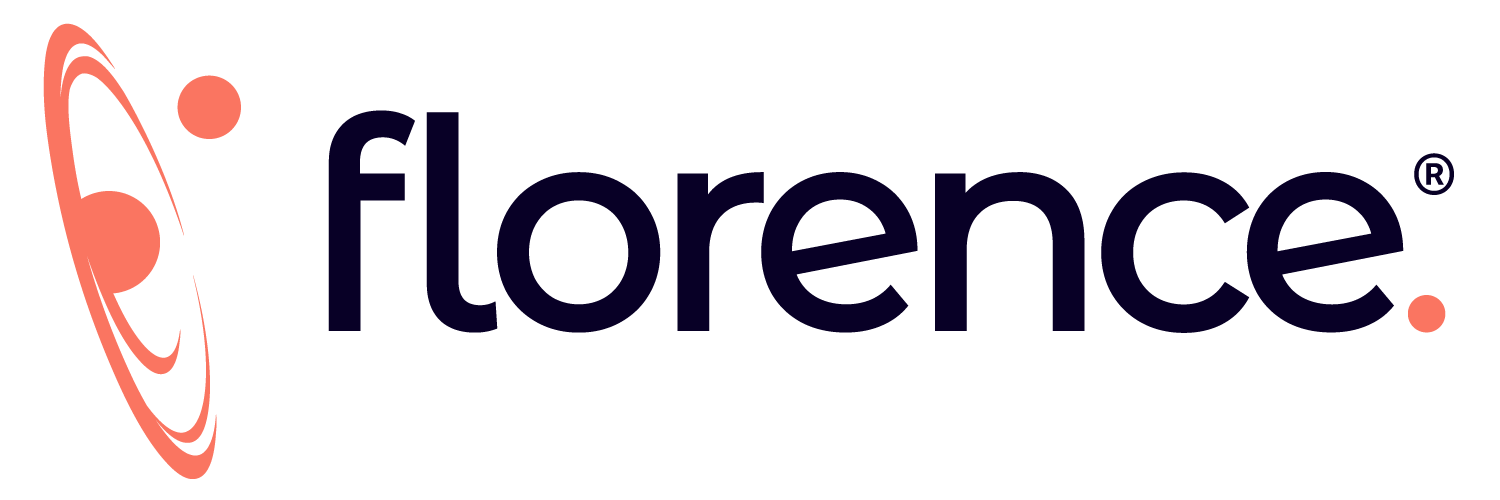In order to accelerate clinical trials, pharmaceutical sponsors and CROs are constantly striving for faster time-to-market, inspection readiness, greater team efficiency, and lower costs. But while many focus on data, timelines, and budgets, there’s a crucial yet often underestimated driver of success: site orchestration.
 Site orchestration involves leveraging site-facing technology to streamline, automate, and support every workflow between sponsors (or CROs) and clinical research sites, from study startup all the way through closeout. It’s about enabling sponsors to deploy tools that make site operations more seamless, scalable, and efficient by:
Site orchestration involves leveraging site-facing technology to streamline, automate, and support every workflow between sponsors (or CROs) and clinical research sites, from study startup all the way through closeout. It’s about enabling sponsors to deploy tools that make site operations more seamless, scalable, and efficient by:
- Digitizing site document and data workflows across the entire study
- Creating a digital connection to the site for automated document distribution and collection
- Reducing manual processes between the site and sponsor
- Enabling real-time remote access for monitoring
- Providing technology to the sites that actually helps their workflows
- Ensuring compliance
In simpler terms, site orchestration means helping research sites operate like a well-oiled machine, fully connected to the sponsor’s systems and timelines. And at its heart is the right site-facing technology platform that provides the power and support for the entire framework.
Enabling Sites with Better Technology
Site-facing technology is the core of site orchestration: you need one to have the other, and part of the power of focusing on site-orchestration is the ability to accelerate clinical trials from start to finish. So how do sponsors go about enabling sites with the right site-facing technology to support successful site-orchestration when sites are so often resistant to new technologies? The answer is to leverage a site-facing platform, and invest in the tools they’re already using:
- Site-facing platforms that reduce redundant data entry, support remote monitoring, and simplify document exchange can drastically reduce startup and maintenance delays.
- Investing in tools sites already use (like Florence eBinders or eISF systems) ensures smoother collaboration and faster compliance.
And even more interestingly, if sites know that the technology sponsors are providing is going to help them deal with challenges like high capacity, staff turnover, and resourcing, they’re actually more likely to adopt it.
1. Simplify Protocol Execution at the Site Level
Protocol complexity is one of the most significant barriers to trial speed and success—yet many sponsors focus solely on the protocol design itself, not how it’s operationalized by sites. What often gets overlooked is the power of purpose-built site orchestration technology to translate complex protocols into manageable, actionable workflows.
Instead of only trying to write simpler protocols (which isn’t always possible), sponsors can leverage site-facing technology to simplify how protocols are executed. Useful measures include:
- Digitizing task workflows so site staff are guided step-by-step through protocol-mandated procedures (e.g., consent documentation, visit windows, lab submissions)
- Distributing protocol amendments in real-time with version control and read-acknowledgement tracking
- Providing a centralized, always-up-to-date repository (eISF) where the most current protocol documents and SOPs are instantly available
Enabling remote oversight so CRAs and sponsor teams can catch execution risks or misunderstandings early
2. Accelerate Contracts with Digital Infrastructure
Contracts and budgets are a top cause of startup delays. Yet, oftentimes, legal and operational teams often aren’t using the same tools or timelines as the rest of the organization, and this can lead to serious delays. When it comes to accelerating clinical trials through a site-orchestration lens, site-facing technology once again has the answer.
Modern site-facing platforms enable:
- Digital contract routing and signature workflows
- Centralized visibility into negotiation status
- Integration with startup checklists
While not every site-facing platform offers a full CTMS or contract management tool, a platform that can centralize and track startup documents will still ensure that nothing stalls behind a forgotten PDF.
3. Deploy Hybrid Trial Elements with Integrated Site Workflows
Let’s talk decentralizing for a moment. Site orchestration is not completely at odds with decentralization. In fact, it’s an important approach for ensuring that you can successfully decentralize processes. Especially when you consider that it doesn’t have to be all-or-nothing. Hybrid, tech-supported models often deliver the best of both worlds. So while full decentralization isn’t always practical, selectively decentralizing (e.g., eConsent, remote monitoring, telehealth) can increase access and reduce the pressure on your CRAs, Sites and participants.
This is also where Remote Monitoring really shines, enabling CRAs to monitor site compliance without travel, Sponsors to push protocol materials instantly to all sites, and Sites to execute remote-ready workflows. Hybrid models also reduce burden on participants and enable broader recruitment, especially for rare or geographically dispersed populations.
4. Automate Site Communication
It’s easy to think: “Site Orchestration” and assume that that means managing sites more closely, but that’s not always the case. Sometimes simple steps like automation can be more effective when it comes to optimizing how your sites operate. Think about the last email thread you were on: how easy was it for you to keep track of every different idea, concept, plan, date and time discussed? Manual email chains and delayed updates slow everything down. Clinical Trials are no exception. Delays often stem from slow responses, lost emails, and missed deadlines – especially for protocol tasks, document updates, and training.
Site-facing technology in the simplest form helps remove the hurdles that come with manual email and calendar updates by providing:
- Task assignments with due dates
- Document versioning and notifications
- Protocol amendment distribution and acknowledgements
Particularly in high-volume environments, it’s unreasonable to expect staff to pick up on every date, email, pdf, or even mailed paper copy of a document.
5. Train Sites Within the Platforms They’re Using
Site orchestration also means taking more than a passing interest in how sites are trained to work with site-facing platforms. Sites often struggle with sponsor-specific portals and tools, leading to errors and delays. But training is only effective if it’s accessible and timely. When site-facing technology platforms require separate portals or out-of-context learning, site staff can disengage.
A good site-facing platform offers:
- Embedding training materials in document workflows
- Tracking completion of protocol or SOP review
- Real-time, accessible training, and “just-in-time” support improves engagement and speed.
Training is a long-tailed process as well – and needs to be responsive and adaptive to the way site staff are learning in order to get them up to speed on tools quickly and efficiently. Sponsors may often worry whether sites are receptive – but if given the right kind of support, sites are usually willing to learn a new tool.
Next Steps: Use Technology to Strengthen Sponsor-Site Relationships
Strong site engagement drives faster execution, but how does site orchestration play into that? Site Orchestration frameworks aren’t about spending more time laser focused on your sites -that’s not efficient for sites or sponsors, and relationships suffer when they feel micromanaged or under-supported. It’s a balance.
Focusing on Site Orchestration means finding the right tools to support your sites and extend their capabilities. It isn’t always easy, but looking at where the gaps are within their suite of tools and working to fill those gaps with the right technology is a valuable practice. Good site orchestration starts with matching your sites to the tools that are going to best support both their needs and yours as the sponsor organization, and helps support sites’ own agency and independence by:
- Giving sites visibility into their own progress
- Enabling faster document turnaround with fewer interruptions
- Reducing friction in sponsor communications

